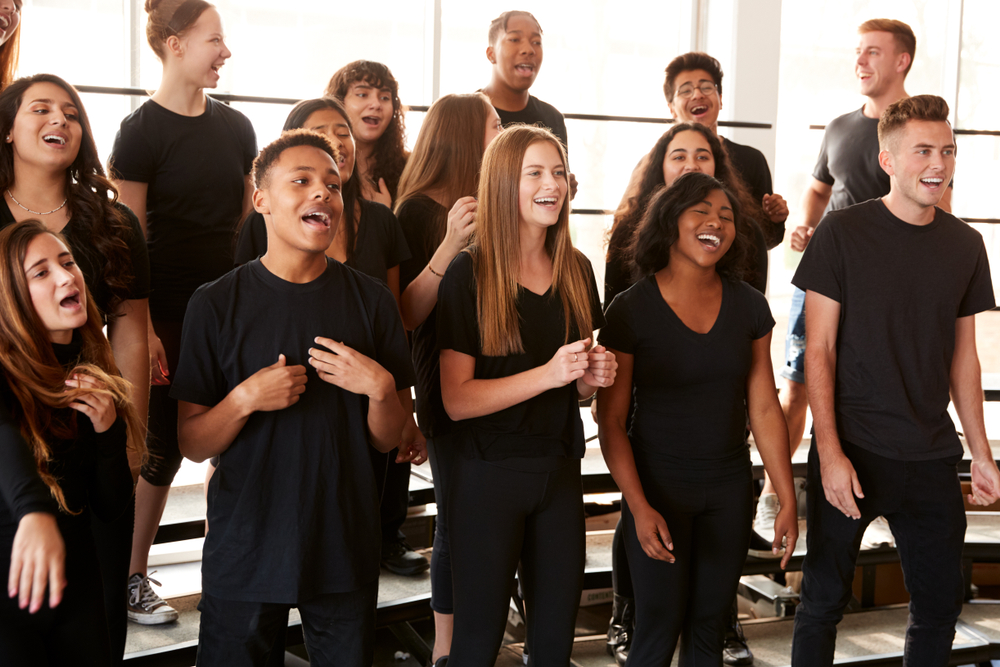The landscape of music education has undergone a significant shift in the digital age. Gone are the days of relying solely on flyers and word-of-mouth to attract students. Today’s potential music students are hyper-connected, researching options online before making a decision. For music schools, this presents both a challenge and an opportunity. The challenge is adapting to a new marketing landscape. The opportunity is reaching a wider audience and attracting a new generation of music enthusiasts through engaging digital marketing strategies.
This blog post will equip you with the knowledge and tools to be effective at marketing your music school in the digital age. We’ll explore a range of strategies, from understanding your target audience to leveraging the power of content marketing and paid advertising. By implementing these strategies, you can build a strong online presence, attract new students, and ensure the continued success of your music school.
Understanding Your Audience
Identifying Your Target Audience:
The first step to any successful marketing campaign is understanding your target audience. Who are you trying to reach? Are you focusing on young children, teenagers, or adults? What instruments are you specializing in? Are you catering to beginners, intermediate learners, or advanced musicians? The more specific you can be about your ideal student, the more effective your marketing efforts will be.
The Importance of Knowing Your Audience for Effective Digital Marketing:
Understanding your audience allows you to tailor your message and choose the right digital channels to reach them. For example, if you’re targeting young children, you might focus on creating engaging videos and leveraging social media platforms popular with parents. On the other hand, if your target audience is adults seeking to learn a new instrument, you might prioritize search engine optimization (SEO) to ensure your music school website appears at the top of relevant search results.
Tools and Techniques for Audience Research:
There are a number of tools and techniques you can use to research your target audience. Here are a few suggestions:
Tailoring Your Message:
Once you understand your target audience, you can craft messages that resonate with them. Focus on the benefits your music school offers, such as experienced instructors, a fun and supportive learning environment, and the joy of making music. Use language that is appropriate for your target age group and avoid generic marketing speak.
Examples of Successful Targeted Messaging in Music School Marketing:
Leveraging Digital Marketing Channels
Now that you understand your target audience, let’s explore some key digital marketing channels you can leverage to reach them:
Optimizing Your Website for SEO:
Your website is the hub of your online presence. Optimizing your website for SEO ensures that it appears at the top of search results when potential students search for music lessons in your area. Focus on using relevant keywords throughout your website content, from your homepage to individual lesson pages. Ensure your website is mobile-friendly and loads quickly, as these factors are crucial for SEO ranking.
Social Media Marketing:
Social media platforms are powerful tools for connecting with potential students and building a community around your music school. Choose the platforms where your target audience is most active, such as Facebook, Instagram, or YouTube. Share engaging content that showcases your teachers, student achievements, and the fun and inspiring atmosphere of your music school. Respond to comments and messages promptly to foster interaction and build relationships.
Email Marketing:
Building an email list of interested prospects allows you to nurture leads and convert them into students. Offer valuable incentives, such as free e-books or discounts on lessons, to encourage visitors to sign up for your email list. Send regular email newsletters with informative content, upcoming events, and special offers. Segment your email list to send targeted messages that resonate with different audience segments.
Content Marketing for Music Schools
Creating high-quality content can attract organic traffic to your website, establish you as an authority in music education, and build trust with potential students. Here are two effective content marketing strategies:
Blogging and Content Creation:
Regular blogging is a fantastic way to improve your website’s SEO ranking and attract potential students. Write informative and engaging blog posts that address common questions about learning music, offer practice tips, or showcase success stories of your current students.
Ideas for Content that Appeals to Your Target Audience:
- “Top 10 Tips for Practicing Your Instrument Effectively”
- “The Benefits of Learning Music at Any Age”
- “Choosing the Right Instrument for Your Child”
- “Meet Our Music Teachers: Q&A with [Teacher Name]”
- “Student Spotlight: [Student Name]’s Musical Journey”
Video Marketing:
The power of video cannot be underestimated in today’s digital age. Engaging video content can capture the attention of potential students and showcase the unique offerings of your music school. Create videos that introduce your teachers, offer virtual tours of your facilities, or showcase student performances.
Tips for Creating Compelling Video Content on a Budget:
Paid Advertising Strategies
While organic marketing strategies are essential, paid advertising can provide a quick boost to your reach and attract a wider audience. Here are two effective paid advertising options to consider:
Google Ads and Social Media Ads:
Both Google Ads and social media advertising platforms allow you to target your ideal audience with laser focus based on demographics, interests, and online behavior. Create compelling ad copy that highlights your unique selling proposition and includes a clear call to action, such as “Sign Up for a Free Trial Lesson Today!” Track the performance of your ads closely and adjust your strategy as needed to maximize your return on investment (ROI).
Retargeting Campaigns:
Retargeting allows you to show ads to users who have previously visited your website or interacted with your social media content. This is a powerful way to stay top-of-mind with potential students who might be considering music lessons but haven’t yet enrolled. Retargeting campaigns can be particularly effective for reminding website visitors about upcoming events or special offers.
Best Practices for Implementing Retargeting Ads:
Post Tags:


